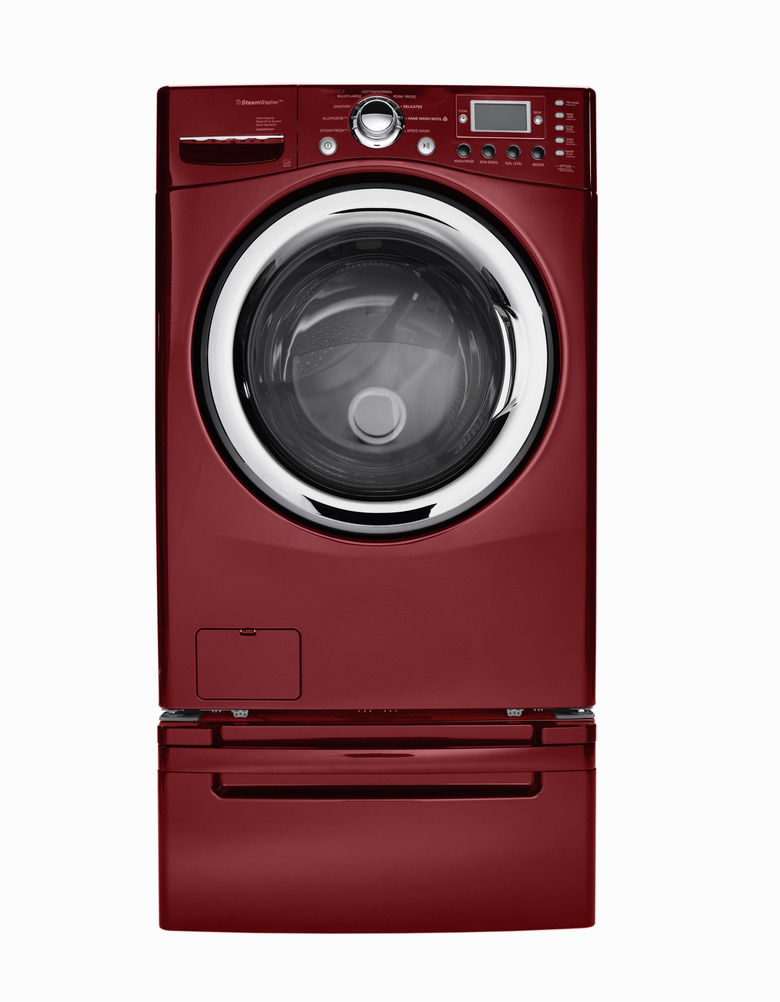How Do Centrifugal Switches Work?
A centrifugal switch solves a problem inherent in single-phase AC electric motors: By themselves, they don't develop enough torque to begin turning from a dead stop. The centrifugal switch turns on a circuit, providing the needed boost to start the motor. Once the motor comes up to its operating speed, the switch turns off the boost circuit, and the motor runs normally.
Centrifugal Switch Action
Centrifugal Switch Action
A single-phase AC motor has a centrifugal switch inside its case, attached to the motor shaft. The switch is closed when the motor is off and motionless. When you turn the motor on, the switch conducts electricity to a capacitor and an extra coil winding in the motor, increasing its starting torque. As the motor's revolutions per minute increase, the switch opens, as the motor no longer needs the boost.
AC Motor
AC Motor
Industrial operations use a form of AC electricity the utility generates in three complementary phases. Households, on the other hand, receive only one- or two-phase electric power. Three-phase electric motors have high efficiency and strong starting torque, but they don't work with single-phase household power. In the process of starting, a single-phase appliance motor is too weak to overcome friction and inertia. The capacitor and coil boost the motor's torque and get it started, but become a power drain once the motor is up to speed, however. The switch disconnects the boost circuit once the motor reaches its operating speed, allowing the motor to run efficiently.
Centrifugal Force and Spring
Centrifugal Force and Spring
The centrifugal switch is normally closed and conducts electricity. As the motor reaches a certain speed, a mechanism in the switch responds to centrifugal force, pulling against it. This opens the switch and breaks the electrical connection. When the motor stops, a spring pulls the switch mechanism closed again.
Calibrated Weights
Calibrated Weights
A set of calibrated weights on the centrifugal switch determine the speed at which the switch opens. A greater mass pulls with more force against the spring, opening the switch at lower revolutions per minute. A smaller mass requires the motor to spin faster for the centrifugal force to counteract the spring. Depending on the mass, the weights open the switch at between 500 to 10,000 revolutions per minute.
Cite This Article
MLA
Papiewski, John. "How Do Centrifugal Switches Work?" sciencing.com, https://www.sciencing.com/centrifugal-switches-work-12135546/. 24 April 2017.
APA
Papiewski, John. (2017, April 24). How Do Centrifugal Switches Work?. sciencing.com. Retrieved from https://www.sciencing.com/centrifugal-switches-work-12135546/
Chicago
Papiewski, John. How Do Centrifugal Switches Work? last modified March 24, 2022. https://www.sciencing.com/centrifugal-switches-work-12135546/
